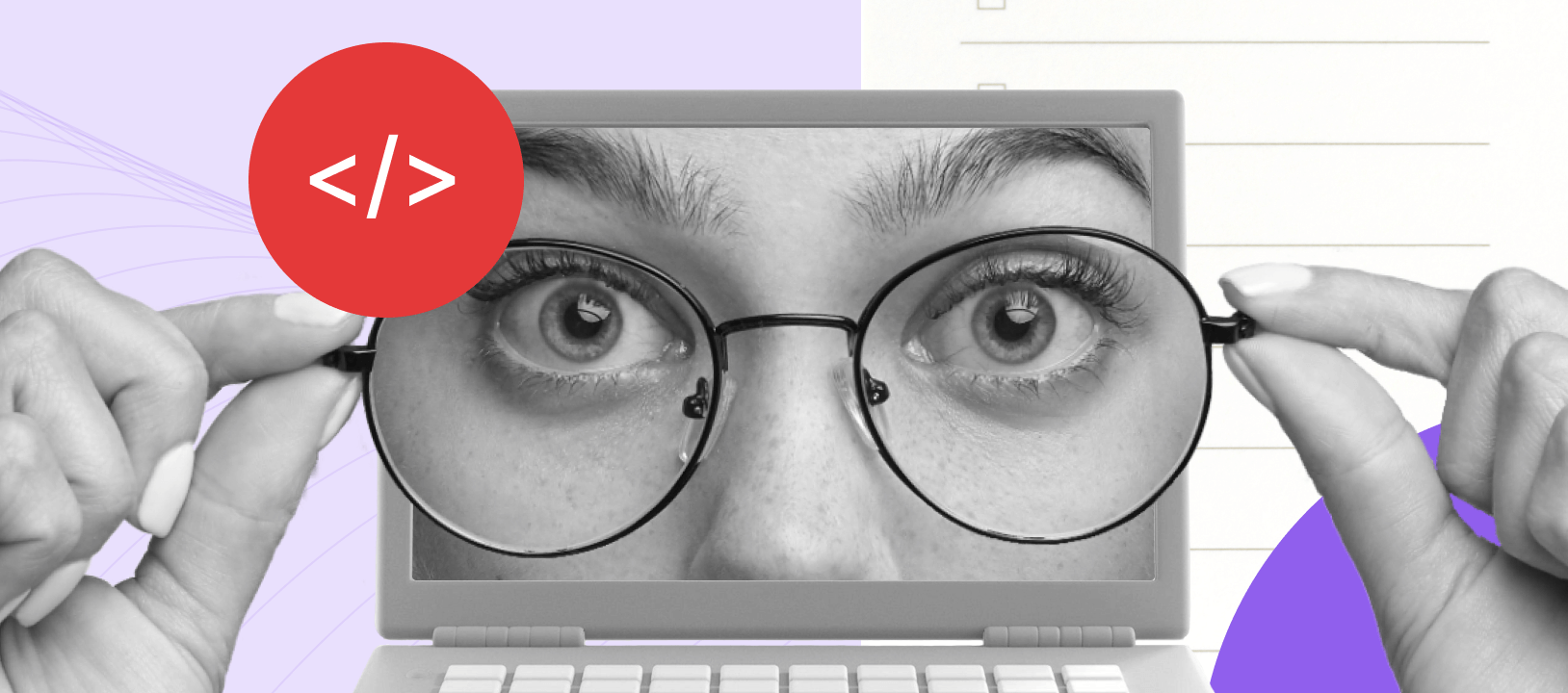What is Meaningful Use?
Previously, we’ve provided a general overview of EHR. Today, we’re going to enlarge upon the concept of Meaningful Use, the Promoting Interoperability Programs, the main challenges involved in EHR software implementation, and its impact on healthcare.

Meaningful Use (MU) is an effort led by the Centers for Medicare & Medicaid Services (CMS) and the Office of the National Coordinator for Health IT aimed at encouraging US healthcare providers to use certified EHR systems in a meaningful manner.
According to the Centers for Disease Control and Prevention, the main 5 objectives of Meaningful Use are:
- Improve quality, safety, efficiency, and reduce health disparities;
- Increase patient engagement;
- Improve care coordination;
- Expand population and public health;
- Ensure adequate privacy and security protection for personal health information.
CMS established the Promoting Interoperability Programs (previously known as the Medicare and Medicaid EHR Incentive Programs) to encourage eligible professionals, eligible hospitals, and critical access hospitals to adopt, implement and upgrade certified EHR technology (CEHRT) and demonstrate its meaningful use. Under these programs, all the participants are provided with incentive payments in case they meet all the program requirements.
The main challenges of implementing EHR

This drastic shift from paper records to EHR software requires a lot of time, effort, resources, and staff involvement. Striving to achieve Meaningful Use healthcare providers are facing several challenges, both tech- and staff-related. Here are the most common challenges involved in the implementation of CEHRT.
Data migration
Accurate data migration is one of the first challenges healthcare providers experience adopting an EHR system. It’s a time-consuming and tedious task to migrate piles of paper-based medical records containing data on patients’ medical history and care across time. Losing even a piece of this precious information can hamper continuous patient care.
Interoperability
Another big challenge hospitals face is building an interoperable EHR system that provides a seamless exchange of information among EHR and other Health IT (HIT) systems as well as different providers. Efficient coordination enables fast, accurate, and meaningful use of patient data for better health outcomes and proactive care delivery.
Lack of usability
Poor usability of EHR systems — the extent to which physicians can use these systems to achieve certain objectives effectively, efficiently, and satisfactorily — is a big challenge and frustration for many physicians and patients in the USA. In the results of a survey conducted by the American Medical Association (AMA), EHR systems received an average grade of “F” on the usability scale from nearly 900 physicians. The researchers have also observed a strong relationship between hard-to-use EHRs and the odds of physician burnout.
Staff resistance to EHR
Although the EHR systems are in many respects more effective than keeping clinical data in file folders on the shelves, not everyone is on the board with the idea of adopting them. Some are skeptical about the efficacy of the new systems, others hesitate about giving up the usual paper-based documentation. In most cases, medical staff also lack tech knowledge and basic computer skills.
Benefits of the Promoting Interoperability Programs

Despite all the above-mentioned challenges of CEHRT implementation, the Promoting Interoperability Programs, as intended originally, have resulted in several benefits.
Increase in EHR adoption
It’s fair to say that the shift to EHR systems from using paper-based medical records wouldn’t have been so fast if it weren’t for the Promoting Interoperability Programs. According to the Office of the National Coordinator for Information Technology (ONC), 95% of eligible hospitals and around 90% of office-based physicians have already adopted an EHR compared to 2009 when barely 15% of hospitals had an EHR in use.
Accessibility
EHRs provide cloud-based storing of medical records. It enables multiple providers to monitor treatment plans, get quick access to a patient’s medical history, and more. It’s useful for the cases when a patient is engaged with more than one provider. In an urgent situation, it can help a doctor to make a quick life-saving decision.
Reduced risk of medical error
According to a 2018 Johns Hopkins study, over 250,000 people in America annually die from medical errors.
Medical errors are the third-leading cause of death in the USA after heart disease and cancer.
Other reports claim the number of deaths due to medical errors is even bigger — 400,000 people. EHR provides physicians with access to complete patient data that enables quick decision-making and significantly reduces the risk of errors. Moreover, receiving prescriptions in digital form can help eliminate the possibility of misreading the prescriptions due to doctors’ indecipherable handwriting.
The integration capabilities of modern EHR systems also enable more sophisticated healthcare delivery models. For instance, our Value-Based Care Platform case study illustrates how seamless EHR integration with AI-driven recommendation engines can optimize physician behavior and care coordination, resulting in improved patient outcomes and reduced healthcare costs.
Progress is yet to come

The Promoting Interoperability Programs and the concept of Meaningful Use are a huge step forward for the US healthcare system. With the current pace of EHR adoption and providing all the existing challenges are overcome, the vast majority of American healthcare providers soon are going to achieve more effective, safe, and digitized care delivery.
However, adopting an EHR system could be rather challenging and time-consuming. Feel free to contact us in case you need assistance with implementing EHR software in your practice or have questions about custom software development.









